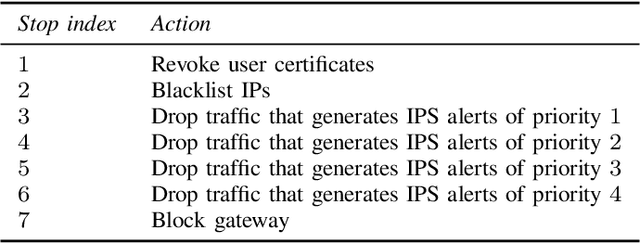Learning Security Strategies through Game Play and Optimal Stopping
Paper and Code
May 29, 2022



We study automated intrusion prevention using reinforcement learning. Following a novel approach, we formulate the interaction between an attacker and a defender as an optimal stopping game and let attack and defense strategies evolve through reinforcement learning and self-play. The game-theoretic perspective allows us to find defender strategies that are effective against dynamic attackers. The optimal stopping formulation gives us insight into the structure of optimal strategies, which we show to have threshold properties. To obtain the optimal defender strategies, we introduce T-FP, a fictitious self-play algorithm that learns Nash equilibria through stochastic approximation. We show that T-FP outperforms a state-of-the-art algorithm for our use case. Our overall method for learning and evaluating strategies includes two systems: a simulation system where defender strategies are incrementally learned and an emulation system where statistics are produced that drive simulation runs and where learned strategies are evaluated. We conclude that this approach can produce effective defender strategies for a practical IT infrastructure.
 Add to Chrome
Add to Chrome Add to Firefox
Add to Firefox Add to Edge
Add to Edge